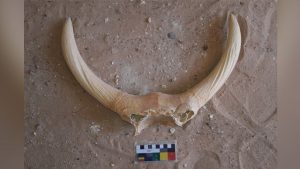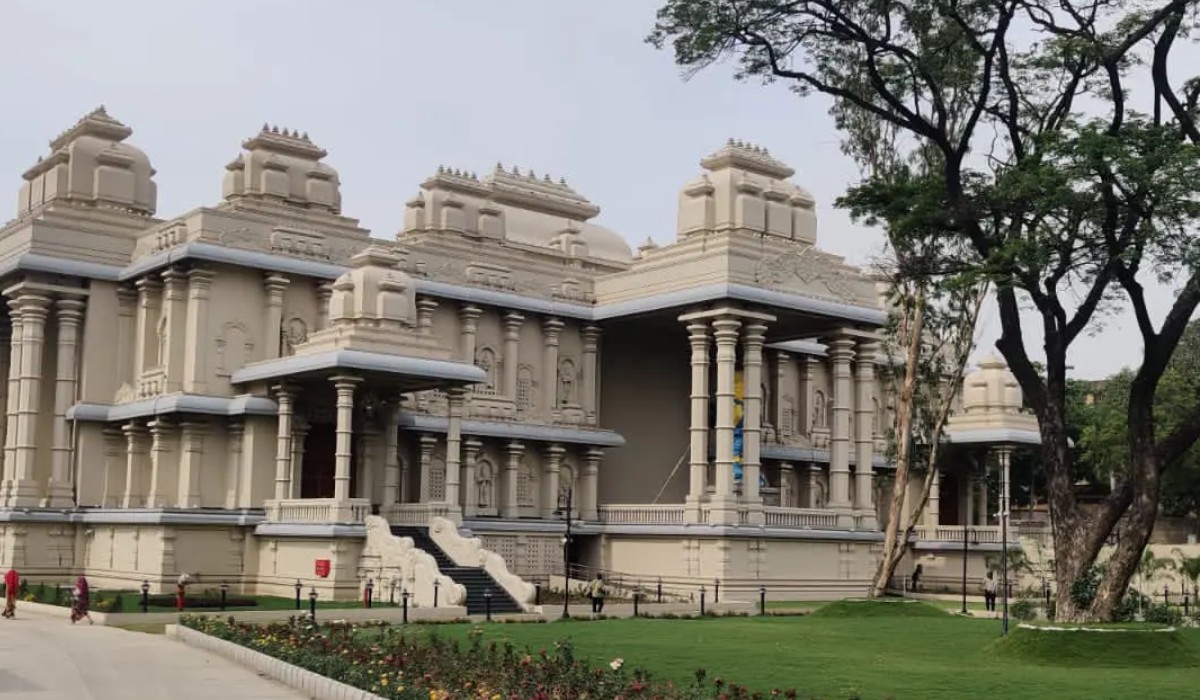About 250 tombs, some with fancy layouts and hieroglyphics.
About 240 miles (386 kilometers) southeast of Cairo, Egypt’s antiquities ministry said.

The tombs were constructed at different times in Egypt’s history, the archaeologists said in a statement from the ministry.
At this time, the pharaohs of Egypt were losing control of the country, as a number of local governors gained power.
The tombs in the cemetery that date to the end of the Old Kingdom tended to have more elaborate architecture.
The latest of the tombs found in the cemetery date to almost 2,100 years ago, the end of what modern-day scholars call the “Ptolemaic Period.” At this time, pharaohs descended from Ptolemy I, who was one of Alexander the Great’s generals, ruled Egypt. Roman power in the region was growing around 2,100 years ago, and in 30 B.C., after Cleopatra VII died by suicide, Egypt became a Roman province.
In one tomb that dated to the end of the Old Kingdom, archaeologists found paintings that depict the tomb owner. Slaughtering animal sacrifices and people making offerings for the deceased secretary-general of Egypt’s Supreme Council of Antiquities.
The tombs in the cemetery that date to the end of the Old Kingdom tended to have more elaborate architecture.
Date to the end of the Old Kingdom tended to have more elaborate architecture.
Originally published on Live Science.











